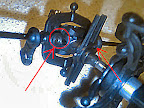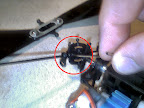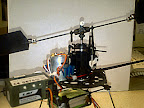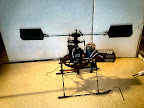Oh well the day came, I was flying happily, with not great control out in the open in a nice big field, and then low and behold, NOSE DIVE! Completely lost control of my heli and crashed with quite a thud from about 20ft in the air....
Bad news for me, good news for you lot!
Coming soon, a huge number of "How to's" coming for your use.
- How to replace the tail boom
- How to fit a new chassis
- How to fit the upgraded skids and tail fins
- And probably a few more.
I'll be back in the air in no time...
Happy Flying!




